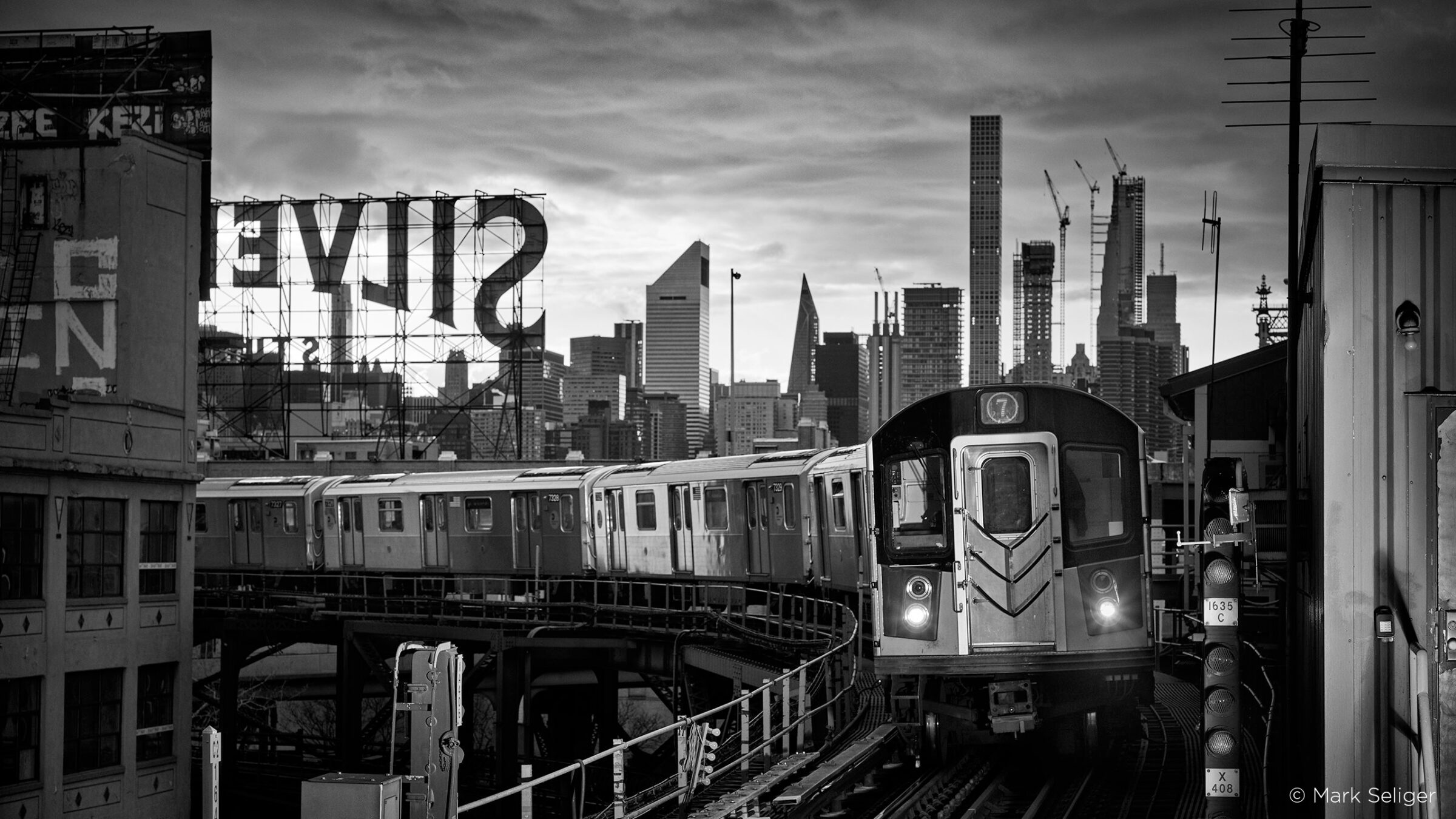Recognized and awarded for his celebrity portraiture, Mark Seliger traded in a studio for the empty streets of New York City for his most recent series. Using his keen eye for what makes a good portrait, Mark applied that same understanding to create his intimate, silent portraits of New York.
To me, portraiture is like a landscape in a weird way. It’s all interconnected. The label of doing one thing has not been my forte. I’m a Gemini, so I get bored easily. My love of photography has pretty broad strokes. Part of the problem of being an applied photographer is that you can so easily get pigeonholed. But to me, my heroes are people that were not labeled. They didn’t necessarily do just one thing. They ebb and flow through different experiences, crafting multiple genres. Take one of the most celebrated artists – Picasso. He would try painting, sculpture, and ceramics…whatever medium he came across. There was very little that he didn’t touch. And it is the same in photography – there are just so many different levels to it that are infinite.
This project was a great opportunity, that kind of punched me right in the nose. Essentially, it came about from being in lockdown. People were off the street in the middle of the changing seasons and there was this emptiness in the city. It became the force and the beauty of the city. For me, it was very impactful in terms of the irony of how “the city that never sleeps” had just shut down. There was the mysterious virus going around and creating an emptiness, but at the same time, everything else was evolving. Life was going on in different ways. I found this to be pretty unique. I took a couple of evening walks, camera in tow, and photographed a few things for myself. I wasn’t really even thinking about it as an assignment. But then I posted a picture on my social media and I could tell I got a reaction from the viewers. Those who had spent time here needed to know what was happening in the city. People in New York, or maybe a few blocks in Brooklyn, and in various places all over the world.
Over the next couple of weeks, we continued to post the images, and then I got a phone call from my editor, Kira Pollack, at Vanity Fair who had followed the series and wanted to explore turning them into a Vanity Fair Portfolio. Of course, I said that would be great – I mean, at this point, I had nothing else to do during lockdown and wanted to continue the series.
My assistant, Davis McCutcheon, and I were out on the street pretty most days; usually early mornings or evenings. Even after Vanity Fair published, we continued to shoot. It’s been a helpful moment for me as an artist to be able to continually create during this time, and to tell the story of the city that I love and for which I have been a part of for so long. There’s a melancholy about it, but there also a life affirming experience when you put yourself out into what is typically full of tourists and traffic and hustle and bustle, and you can see and hear the stillness. We were in New York City! When do you ever have no traffic? Nobody telling you what to do? It was kind of a lawless, wonderful moment for photography. We didn’t have to ask permission and definitely didn’t have to ask forgiveness.
But that opportunity, and the project itself, did come to a screeching halt with George Floyd and then the protests. That was when I shifted gears and started to photograph the streets waking up. It was really the polar opposite of what we were experiencing just weeks before. I wasn’t necessarily photographing the rallies, but the aftermath. Little snippets of the city that were now being challenged in a different way.
Both the silence and the waking up have been impactful for me, both as an artist and a human being. I am grateful to have had this opportunity to capture and share this unique time in the history of New York City.
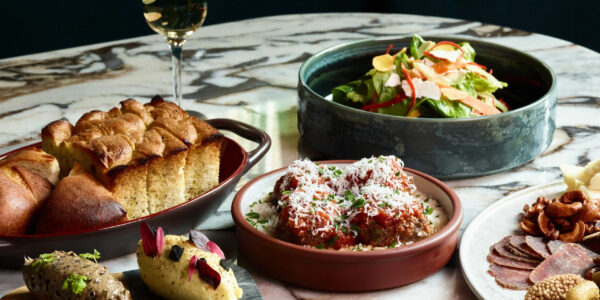
Photographer Stories
Karen Culp
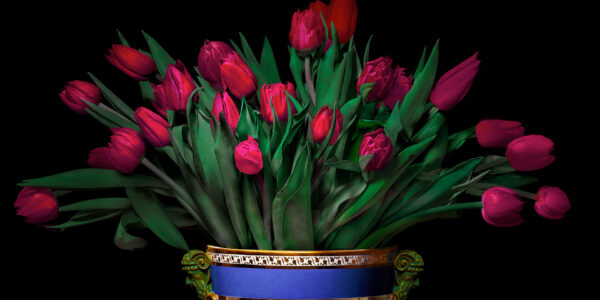
Photographer Stories
T.M. Glass: Flower portraits
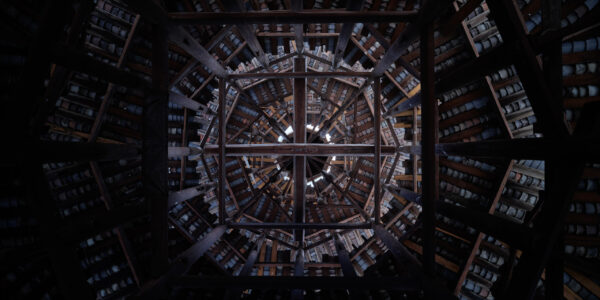
Photographer Stories
Preserving ancient Chinese buildings – Dong Village
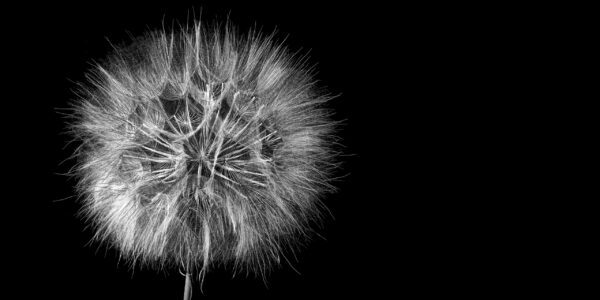
Photographer Stories
Jeff Puckett – The Art of Photogravure
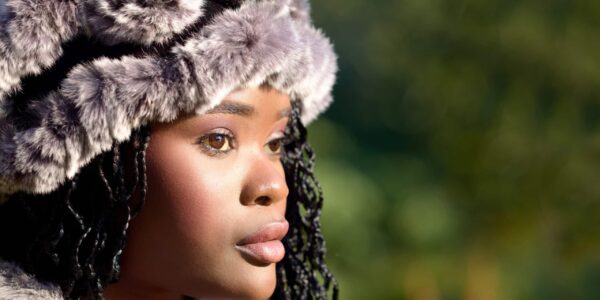
Photographer Stories
Carollyne Sinclaire – A Portrait of the Heart
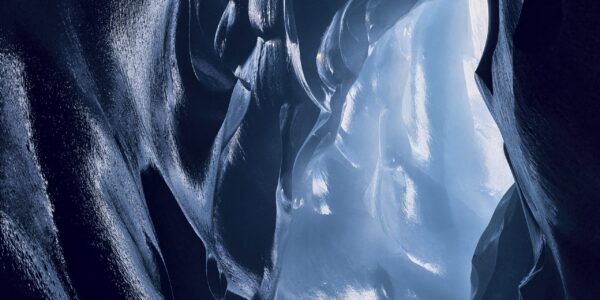
Photographer Stories
A photograph can freeze time. Can it also mobilize human action?
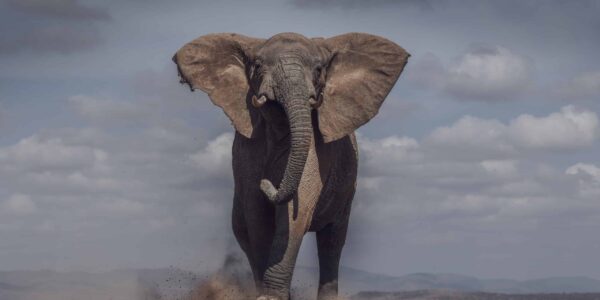
Photographer Stories
Guadalupe Laiz – Up Close and Personal
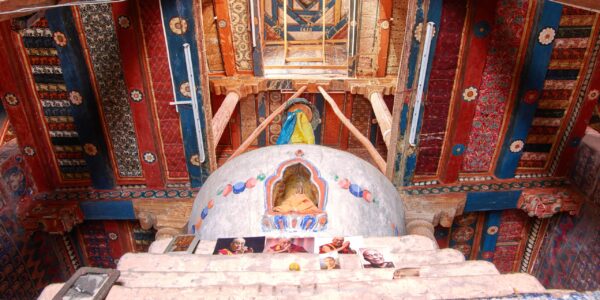
Photographer Stories
How Did a Remote Himalayan Monastery Show Up in New York City?
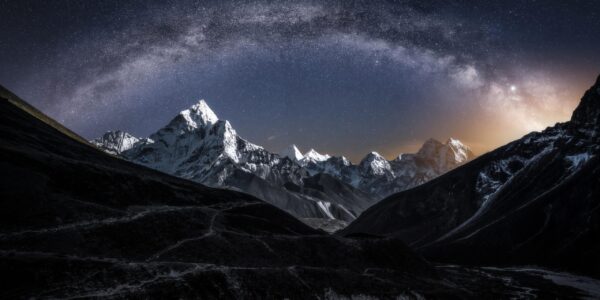
Photographer Stories
Thomas Biasotto Moments beyond Imagination
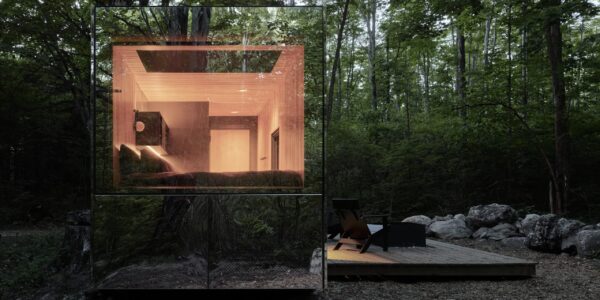
Photographer Stories
Photographing the invisible
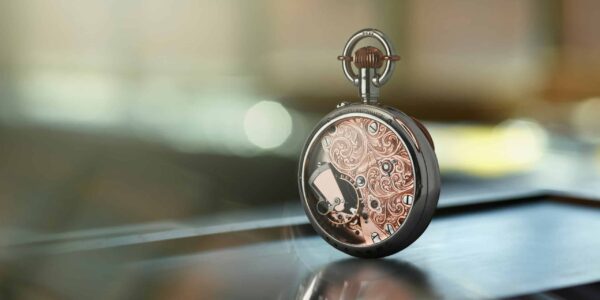
1-Minute Inspiration
Young and Hungry – Upgrading your career and kit with Phase One
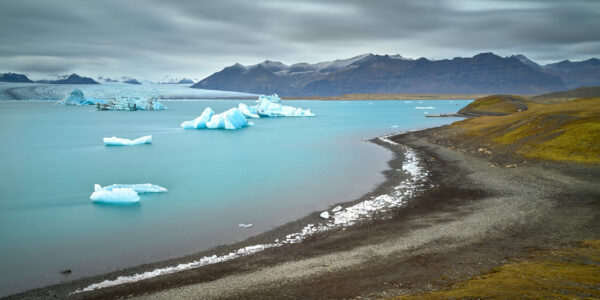
Photographer Stories
Iceland through the lens
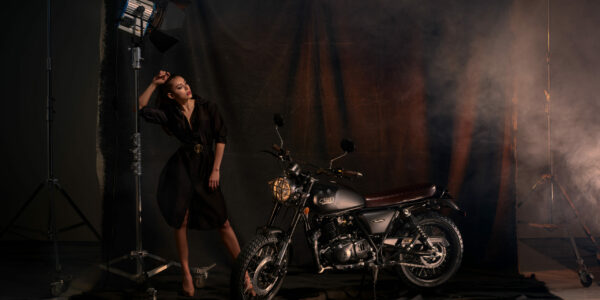
Photographer Stories
Composing soft even lighting in photography
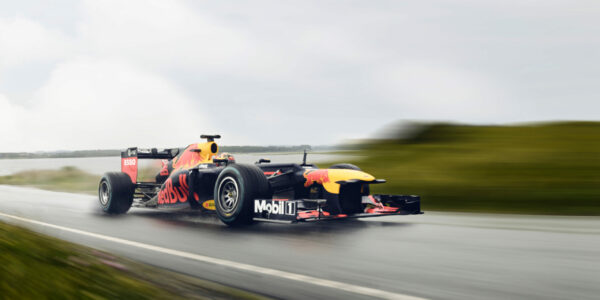
Photographer Stories
Capturing that Split Second – A Formula 1 Car Photo Shoot
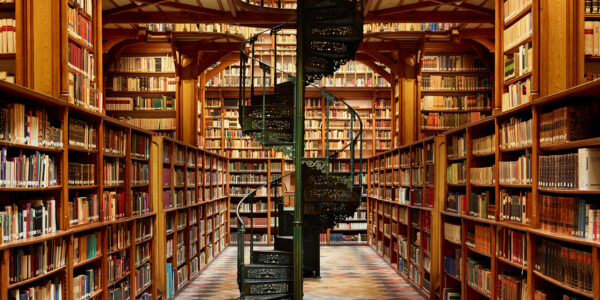
Photographer Stories
Cathedrals of Knowledge – Photographing Tranquil Oases with Daniel Zielske
